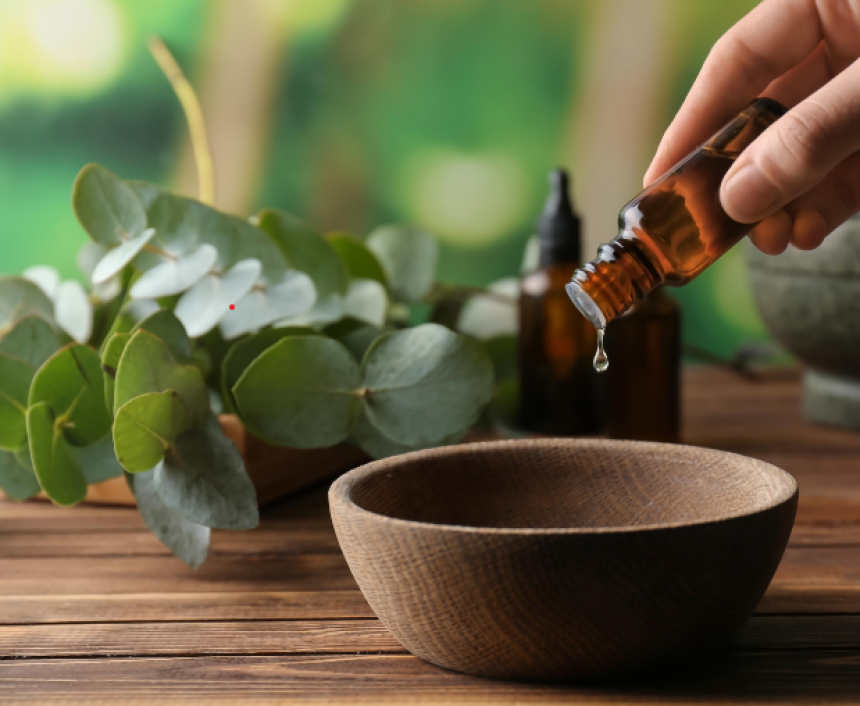
Traditional Remedies for Contemporary Pain Management
Historical healing philosophies provide insightful techniques and advice for contemporary pain management. These ancient customs place a strong emphasis on treating pain holistically,
2024-08-02 18:25:55 - Eric Henrry
Many people are turning to time-tested, ancient healing techniques in their search for efficient pain alleviation. These age-old customs, which have their roots in ancient knowledge, provide complementary comprehensive methods of pain management to contemporary medicine. This piece examines some of the most well-known traditional healing techniques and how applicable they are to the treatment of pain in the present day.
1. Origins and Principles of Acupuncture
Acupuncture is a more than 2,500-year-old traditional Chinese medicine technique. It entails the insertion of tiny needles into acupoints, which are particular locations on the body. These points are situated along meridians, which are pathways that carry life force, or "Qi," according to Chinese medicine. It is believed that imbalances or obstructions in this flow are the cause of pain and illness.
Contemporary Use
In the West, acupuncture has been widely accepted as a pain management technique, especially for chronic back pain, migraines, and arthritis. According to scientific research, acupuncture may influence the nervous system's pain pathways and trigger the body's natural analgesic, endorphins, to be released. It provides a non-pharmaceutical alternative for pain management and is frequently used as a supplemental therapy in conjunction with traditional treatments.
2. Traditional Indian Medicine, or Ayurveda
Meaning "the science of life," Ayurveda is an age-old Indian medical system that places a strong emphasis on maintaining the equilibrium of body systems. It takes a holistic stance, taking into account the mind, body, and spirit. According to Ayurveda, people are divided into three doshas: Pitta, Kapha, and Vata. Disease and discomfort are thought to be caused by an imbalance in these doshas.
Herbal Remedies and Lifestyle Practices
Herbal therapies, dietary modifications, and lifestyle alterations are frequently used in Ayurvedic pain therapy. Herbs with well-known analgesic and anti-inflammatory qualities include ashwagandha and turmeric. In order to keep balance and control discomfort, Ayurveda also advocates the use of techniques like yoga and meditation. Ayurvedic ideas are being more and more integrated into integrative medicine in the current era, providing a natural approach to pain management.
3. Chinese traditional medicine (TCM)
Cupping and Herbal Medicine
Traditional Chinese Medicine (TCM) comprises cupping and herbal medicine in addition to acupuncture. Herbs can be used alone or in combination by TCM practitioners to treat pain and underlying imbalances. Herbs with anti-inflammatory and analgesic properties, like ginseng, ginger, and ginkgo biloba, are frequently utilized.
By applying hot cups to the skin, suction is created, which enhances blood flow and eases tense muscles. This technique is frequently applied to ailments like stiffness and muscle soreness. Recent years have seen a rise in the use of cupping as an alternative medicine, in part because athletes and celebrities have been open about using it.
Contemporary Integration
With its emphasis on customized care, TCM provides insightful information about all-encompassing pain management. To give complete care, its remedies are frequently combined with Western medical procedures. For instance, TCM can be used to treat chronic illnesses' pain or to control the negative effects of chemotherapy.
4. Native American Traditional Medical Methods
Indigenous American Medical Practices
Although indigenous healing methods vary greatly throughout cultures, they frequently involve herbal remedies, ceremonial traditions, and holistic approaches to health. For example, Native American cultures alleviate pain and illness with plant-based medicines and spiritual traditions. Aspirin's forerunner, willow bark, has long been used as a pain reliever.
African Traditional Medicine
Healers in traditional African medicine employ a blend of herbal and spiritual remedies. Plants with anti-inflammatory qualities include African ginger and devil's claw. Rituals and spiritual activities are frequently used with these treatments to address the mental and physical components of pain.
5. The Ancient History of Mindfulness and Meditation
Ancient Eastern religions like Buddhism and Hinduism are the origins of meditation and mindfulness. These exercises help to develop a peaceful and balanced mind by focusing attention and increasing awareness of the present moment.
Benefits of Pain Management
The benefits of mindfulness and meditation in the treatment of pain have been acknowledged recently. It has been demonstrated that methods like Mindfulness-Based Stress Reduction (MBSR) lessen pain perception and enhance coping mechanisms. These techniques facilitate a nonjudgmental awareness of pain, which can help people feel less stressed and live better lives.
6. Concluding remarks
Historical healing philosophies provide insightful techniques and advice for contemporary pain management. These ancient customs place a strong emphasis on treating pain holistically, taking into account its mental, emotional, and spiritual components in addition to its bodily manifestations. These techniques can supplement traditional medical therapies, offering a wider range of options for pain management, even though they might not completely replace them.
Scientific science is studying and validating ancient healing methods more and more as interest in integrative health develops. This synthesis of cutting-edge research and traditional knowledge has enormous potential to improve our comprehension and management of pain. These age-old methods, which include acupuncture, Ayurveda, TCM, indigenous practices, and meditation, provide a variety of tools for navigating the difficulties of pain and achieving alleviation.
